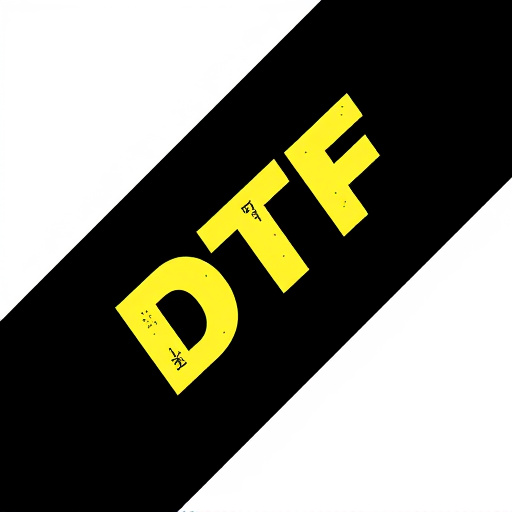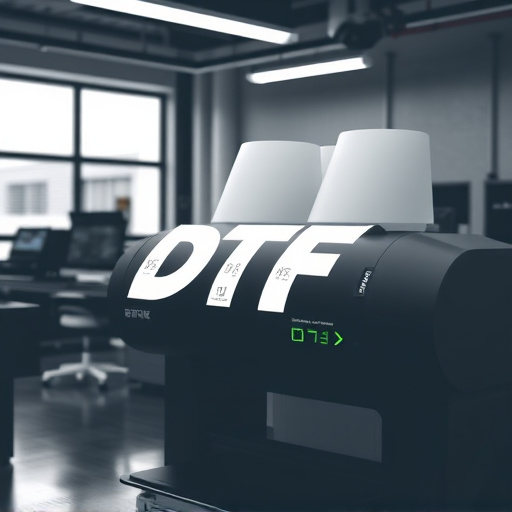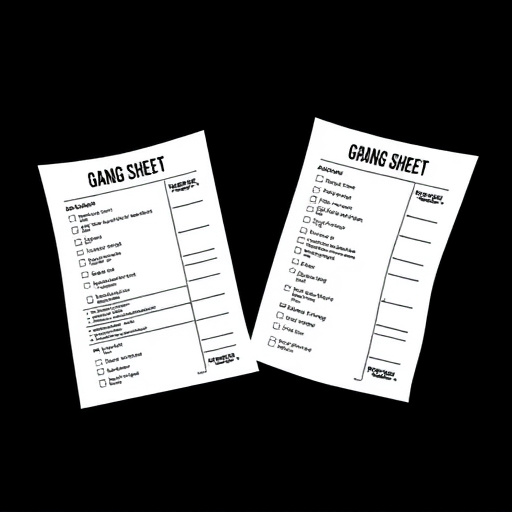Professional DTF Transfers revolutionize printing by directly transferring digital designs onto fabrics and metals, eliminating intermediate steps like film creation. Success depends on meticulous file preparation for optimal resolution, color profiles, and size, ensuring precise alignment and vibrant, long-lasting results. This cost-effective, versatile method maintains affordable pricing while accommodating custom orders without sacrificing quality. Consistency is paramount, achieved through best practices like top-tier materials, regular equipment calibration, and precise application instructions. Staying current with DTF technologies and maintaining detailed project records enhances customer satisfaction and fosters professional relationships.
Professional DTF transfers are revolutionizing the printing industry, offering consistent and high-quality results every time. This advanced technique involves transferring ink directly onto a variety of surfaces, from textiles to plastics, enabling diverse design applications. In this article, we explore the fundamentals of DTF transfers, delve into their numerous advantages, and uncover best practices for professionals ensuring consistent outcomes, making it an indispensable tool for modern printing solutions.
- Understanding DTF Transfers: The Basics
- Advantages of Professional DTF Transfers
- Ensuring Consistency: Best Practices for DTF Professionals
Understanding DTF Transfers: The Basics
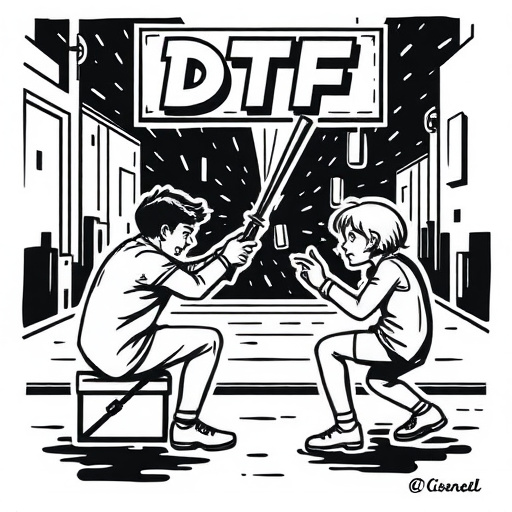
Professional DTF Transfers are a cutting-edge method for achieving precise and consistent printing results. This process involves transferring digital designs directly to various materials, such as fabrics or metals, using specialized software and hardware. The term DTF stands for Direct-to-Fabric (or other substrates), reflecting its direct application nature. By skipping intermediate steps like film creation, this technique streamlines the production process, making it an attractive choice for businesses seeking efficient and high-quality printing solutions.
The key to successful DTF Transfers lies in meticulous file preparation. Designers must optimize their digital files, ensuring they meet specific requirements regarding resolution, color profiles, and size. For instance, preparing a dtf file with the correct dimensions and resolution guarantees that the final heat transfer aligns perfectly with the desired location on the substrate. This precision is particularly crucial for intricate designs or detailed artwork, where even minor misalignments can be noticeable. Moreover, understanding the recommended dtf file preparation guidelines ensures the best possible outcome, whether for simple text prints or complex graphical elements, resulting in vibrant and long-lasting heat transfers.
Advantages of Professional DTF Transfers

Professional DTF transfers offer a plethora of advantages for businesses and individuals seeking high-quality printing solutions. One of the key benefits is their cost-effectiveness, especially when compared to traditional methods. With advanced technology, professionals can achieve exceptional results while maintaining affordable pricing, making it an attractive option for various projects. This cost-efficiency is further enhanced by the ability to accommodate custom orders; whether it’s a unique design or specific size requirement, DTF transfers can be tailored to meet individual needs without compromising quality.
Additionally, these transfers ensure consistent outcomes, which is paramount in maintaining brand identity and customer satisfaction. The precision and accuracy of professional DTF printers guarantee that every detail is reproduced flawlessly, ensuring your designs look exactly as intended. This consistency is particularly valuable for businesses aiming to build a strong visual reputation, allowing them to maintain a unified and professional image across all their marketing materials.
Ensuring Consistency: Best Practices for DTF Professionals
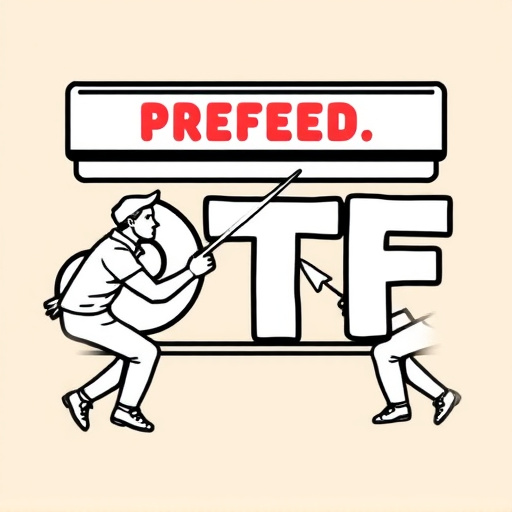
Consistency is key when it comes to Professional DTF Transfers, ensuring that each print is of the highest quality and meets the client’s expectations. To maintain this standard, DTF professionals should adhere to best practices such as using high-quality materials and inks, calibrating their equipment regularly, and following precise DTF application instructions. This meticulous approach guarantees that every detail, from color accuracy to edge definitions, is flawless.
Additionally, staying updated on the latest DTF transfers ready to press technologies and techniques enables professionals to offer a range of printing services tailored to diverse client needs. Reputable printing service providers also maintain detailed records of previous projects, allowing them to reproduce identical results with ease, thereby enhancing customer satisfaction and fostering long-term professional relationships.
Professional DTF transfers, with their consistent results and best practices, are the go-to choice for achieving high-quality outcomes. By understanding the basics and employing expert techniques, professionals can ensure every transfer is accurate and reliable. This guarantees satisfaction for clients seeking top-tier results in a standardized manner. Professional DTF Transfers, therefore, stand as a reliable solution in today’s demanding graphic design landscape.



